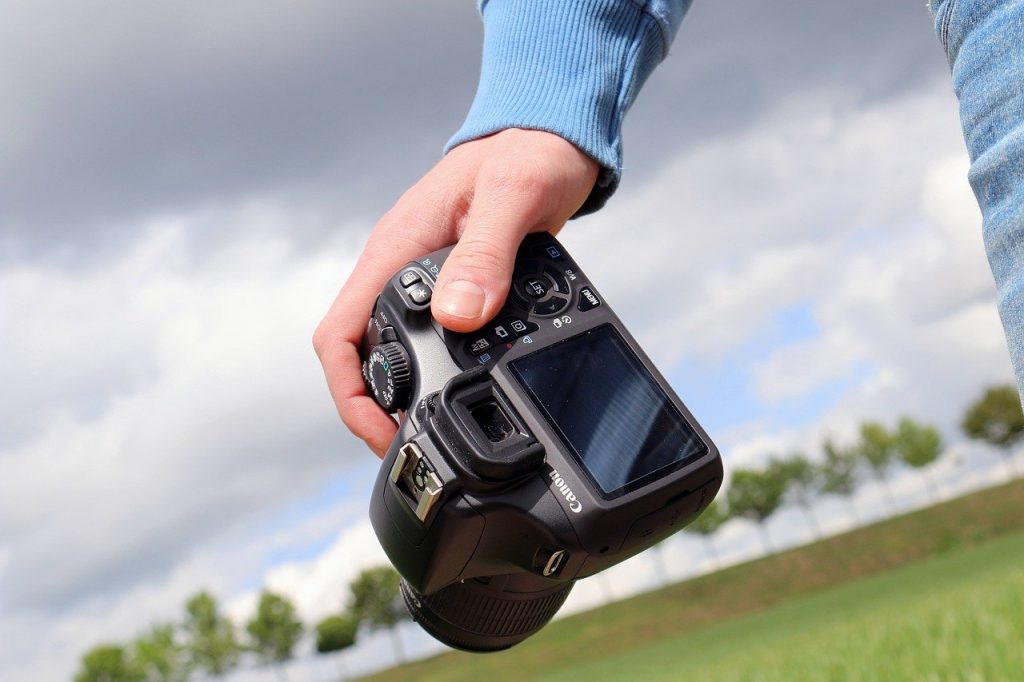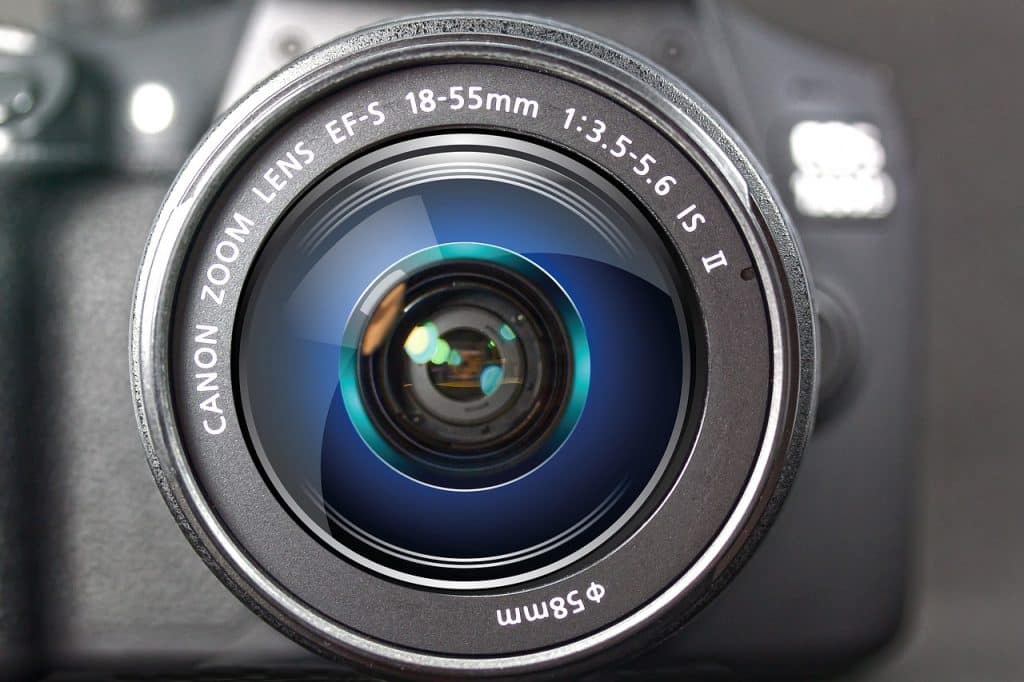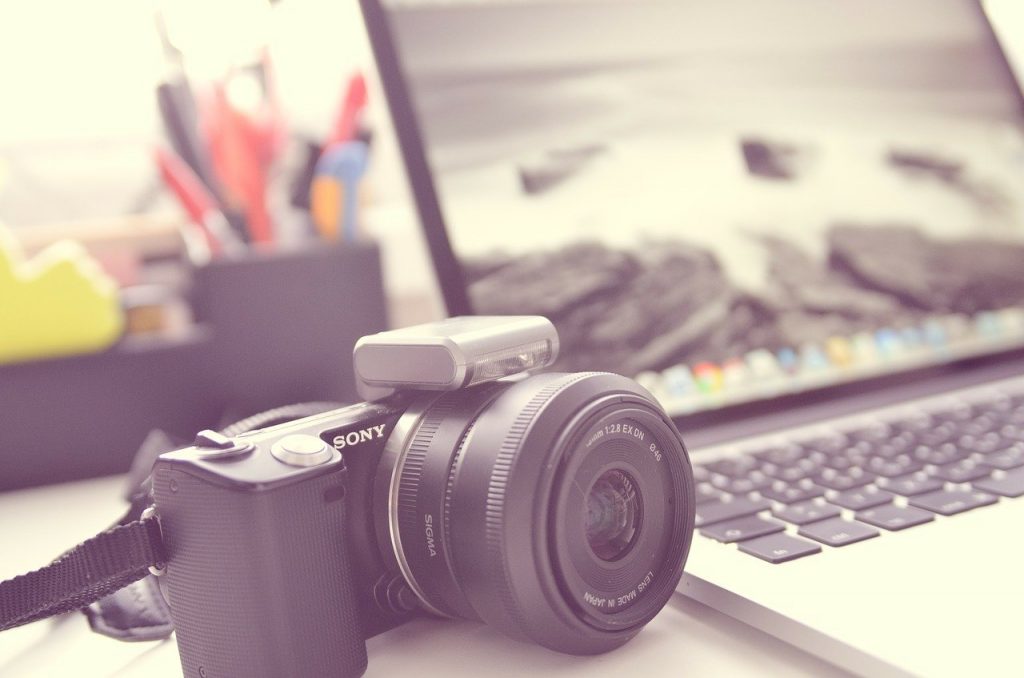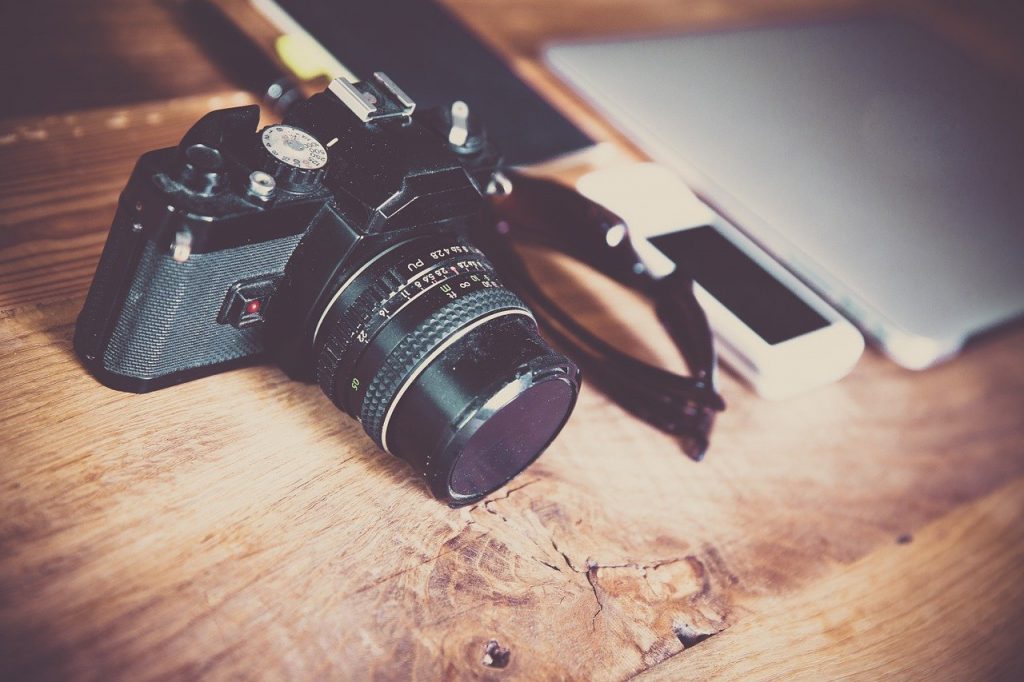Are you considering purchasing a new lens for your camera? Please take a moment to read this article first.
Clarity is one of the most difficult things to achieve when purchasing new camera equipment. Why do you need a new lens, how much should you spend, and how does it fit into your overall gear acquisition strategy? When you’re clear on these points, it’ll be much easier to decide which lens (or lenses) to buy next.
Let’s take a look at eight things to think about before purchasing that new lens:
1.What is your budget?

Everybody’s budget is different, and the amount of money available determines which lenses are considered. But, regardless of your budget, keep that figure in mind as you read this article. After that, you might see things in a different light.
My strategy is to own a few high-quality lenses as possible. In other words, don’t overspend. Remember to keep the big picture in mind. What lenses would you like to have for your camera in the future? What role does your next purchase play in this scheme? You should ideally have a good idea of which lenses you require so that you can plan accordingly.
This way of thinking can lead to a significant shift in the lenses you choose to purchase. For example, I became dissatisfied with the size and weight of my Canon system a few years ago. I was also thinking ahead to some upcoming travel plans and realized it was critical to keep my gear as light as possible (hand luggage allowances are very low and strictly enforced in New Zealand airports). As a result, the decision was made to use the Fujifilm X-Series system. I now have the lightweight gear I need for travel.
2.APS-C versus Full-frame?

The majority of manufacturers offer both APS-C and full-frame cameras in their product lines. However, this complicates the process of purchasing lenses even further.
Assume you have an APS-C camera. But in the back of your mind, you’re considering purchasing a full-frame body. That begs the question: do you buy a lens that only works on APS-C bodies (the advantage being that it is likely to be smaller and lighter than a lens that would fit a full-frame camera) or one that also works on full-frame bodies (which is likely to be larger and more expensive)?
Isn’t this a difficult question to answer? That doesn’t even take into account the effect the sensor has on the lens’s angle of view.
Ideally, when purchasing your first camera body, you should decide whether it should be APS-C or full-frame, and then stick to the same sensor size in the future. It greatly simplifies the lens-buying process and clears up a lot of ambiguity.
3. Avoid the focal length trap
The focal length trap is the misconception that you need zoom lenses that cover every possible focal length. For example, if you start with an 18-55mm kit lens and then purchase a telephoto zoom, you may feel the need for one that starts at 55mm so that you don’t miss out on any focal lengths in between.
This is simply not true. The following point explains how you should think about lenses.
4. What subjects will you photograph?

Continuing with the 18-55mm kit lens example, you may find yourself considering the following second lenses: a 50mm prime as a portrait lens (which provides high-quality imaging and wide apertures), a macro lens for close-up shots of insects and flowers, a wide-angle zoom for landscape photography, or a super-telephoto for wildlife and sports photography.
The key point here is that lens selection is subject-specific. The subject is always first. When you’ve decided what you’re going to photograph, you can select the best lens (or lenses) for the job. A secondary consideration is a focal length.
In other words, don’t buy a lens because you think you should have it; rather, buy it because you need it.
5. Is it better to buy a zoom or a prime lens?

The convenience of zoom lenses is one of their advantages. When working as a wedding photographer, it is much easier to zoom from a wide-angle to a telephoto lens than it is to change lenses. If you are a landscape photographer, it is easier to use a wide-angle zoom to precisely frame the scene than it is to switch prime lenses (or it may not be possible to stand where you need to get the shot).
The advantages of prime lenses include higher image quality and wider apertures. Contrast an 18-55mm kit lens (typical maximum aperture f/5.6) with a 50mm prime lens (typical maximum aperture f/1.4). There is a four-stop difference (16 times more light) between f/1.4 and f5.6, which allows you to take photos with blurred backgrounds as well as shoot in low light conditions without having to increase the ISO too much. As a result, a 50mm prime lens is a better portrait lens than an 18-55mm kit lens (taking us back to the point about lens choice being driven by subject, not focal length).
Some photographers prefer primes, while others prefer zooms; considering your priorities will help you decide which is best for you.
If you are a landscape photographer who always shoots at f/8, f/11, or f/16, the wider apertures of prime lenses will be of little use to you, and a zoom lens may be a better choice.
6. Don’t forget to consider weight and size

Consider the weight and size of your lenses very carefully. After all, you’re the one who’ll be carrying them around.
However, there is another factor to consider when it comes to size, and that is filters. Buying smaller lenses can help you save a lot of money on filters. If you’re curious, search for circular polarising filters and compare prices for the same filter in 58mm and 77mm sizes. If you need to buy a lot of filters (landscape photographers take note), buying a smaller lens (the diameter of the lens or filter size is also smaller) can save you hundreds of dollars.
7. Build quality, weather proofing and autofocus
The majority of manufacturers offer low-cost, mid-range, and high-end lenses. Cheap lenses may appear to be a good deal at the time, but they will not be as well built as more expensive lenses, and they may also have inferior (i.e. slower and noisier) autofocus motors.
On the other end of the spectrum, more expensive lenses are more likely to be well-built, to use high-quality autofocus lenses (i.e. faster and quicker), and to be weatherproofed (important if you take photos in bad weather or dusty conditions).
Keep these considerations in mind when shopping for a lens. Don’t forget to inquire about the lens’s construction, weatherproofing, and the speed and quality of the autofocus motor.
8. Is it a well-known brand or a third-party?

You can often save money by purchasing a third-party lens for your camera, but in my opinion, it is best to purchase a lens made by the manufacturer of your camera whenever possible. Stick with OEM (Original Equipment Manufacturer) lenses unless you have a specific reason to buy a third-party lens (usually because the type of lens you need isn’t made by your camera’s manufacturer). They have a higher resale value, and their autofocus performance is usually better.
Note: If you want to make some adjustments to the photo just let me know. I can do it for you at a very low cost. You can hire me to edit your photo.
LATEST POST
- What is Midjourney
 Discover the capabilities of Midjourney AI, learn how to effectively utilize the platform, and explore the advantages and disadvantages of the Midjourney AI image generator across its different pricing options.
Discover the capabilities of Midjourney AI, learn how to effectively utilize the platform, and explore the advantages and disadvantages of the Midjourney AI image generator across its different pricing options. - Brand identity elements
 In the vast marketing universe, imagery is pivotal in establishing and nurturing a brand’s identity. A brand’s visual choices are not merely aesthetic decisions but strategic moves that can significantly influence perception and performance. This Picfixs article explores the intricacies of selecting imagery that complements and enhances a brand’s essence, ensuring it resonates with the… Read more: Brand identity elements
In the vast marketing universe, imagery is pivotal in establishing and nurturing a brand’s identity. A brand’s visual choices are not merely aesthetic decisions but strategic moves that can significantly influence perception and performance. This Picfixs article explores the intricacies of selecting imagery that complements and enhances a brand’s essence, ensuring it resonates with the… Read more: Brand identity elements - 100 Best Mountain Captions and Mountain Quotes for Instagram
 Ready to scale new social media heights? Look no further than this treasure trove of 100 exhilarating captions and quotes, handpicked for your Instagram mountain posts!
Ready to scale new social media heights? Look no further than this treasure trove of 100 exhilarating captions and quotes, handpicked for your Instagram mountain posts! - Symmetry in Photography: A Creative Approach with Examples
 Delve into the enchanting realm of symmetry in photography as we showcase mesmerizing examples on our website. Experience the allure of perfectly mirrored images!
Delve into the enchanting realm of symmetry in photography as we showcase mesmerizing examples on our website. Experience the allure of perfectly mirrored images! - 11 Quarantine Photoshoot Ideas to Try at Home for Amazing Photos
 Looking for unique photoshoot ideas during quarantine? Explore the 11 creative suggestions that will help you capture unforgettable moments at home.
Looking for unique photoshoot ideas during quarantine? Explore the 11 creative suggestions that will help you capture unforgettable moments at home.


